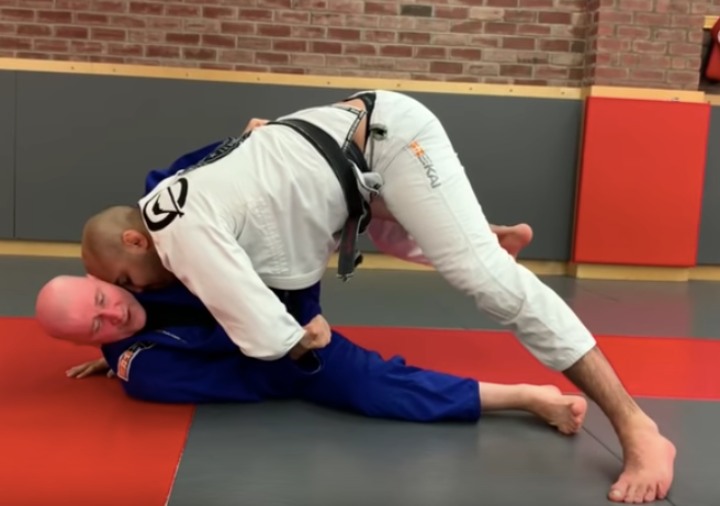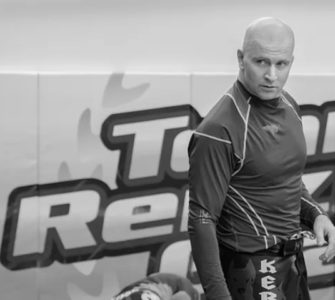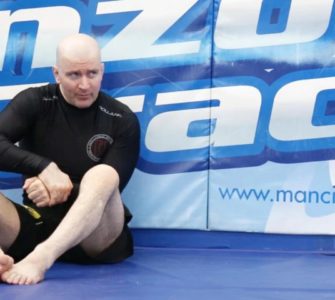Open Guard is such a confusing position: it has so many different variations and choosing the „right“ approach to playing it is no easy business. So, what can you do then in order to make your Open Guard more effective?
Professor John Danaher explains how to do it by using one important principle; through the lens of sweep techniques.
Open Guard „Double Directionality Principle“
He starts by explaining that, yes: the Open Guard is a very complex position. However, there are a few underlying principles to it, that are fairly easy to understand and follow.
One of them is the idea of double directionality, which – in this case – denotes that when sweeping an opponent, you want to push one part of their body into one direction and get the other part of their body into the other direction. This creates rotational torque, which makes your sweeps much more effective.
Hook Sweep
A classic example where we can see this principle in action, explains John Danaher, is the Hook Sweep. He breaks it down into steps:
1) Create a straight lapel grip on your training partner. Then, use that grip to slightly push them, exposing their collar.
2) Then, get a cross-collar grip. Both of these steps are done with one goal in mind – to expose your training partner’s belt.
3) Place your foot on their knee and push it, creating imbalance and exposing their belt. Grab it.
4) Grip their sleeve and pull that arm across your body.
5) As they post with their leg to prevent the initial sweep, they will keep all of their weight on that foot.
6) Then, reach with your bottom foot for their posting leg’s shin.
7) As this foot hooks and pulls into one direction, your other leg elevates your training partner into the opposite one.
This makes for a great sweep, with the seventh step being a fantastic demonstration on how the double directionality principle works.
Scissor Sweep
The Scissor Sweep greatly illustrates the double directionality principle in action as well. Professor Danaher demonstrates:
1) From a seated position, take a straight grip on your training partner’s collar.
2) With the other hand, make a grip on top of their forearm and then pull your elbow to your rib cage, turning the gripping arm’s palm to the ceiling. This makes it very difficult for your partner to break the grip.
3) Post your foot on their hip and place your other leg’s knee under their armpit.
4) The foot which was on the hip drops to the floor, next to their knee. And as it does…
5) … you can see the principle at play: your leg pushes your training partner’s weight up and into one direction, while your other leg pulls them into another direction – creating a great sweeping motion.
Setting up the Scissor Sweep from Spider Guard is also a great showcase for the double directionality principle. John Danaher explains it with great detail in the video; pay careful attention to how he’s pushing Bernardo Faria’s bicep, so that his elbow ends up higher than his own head.
Arm Trap Sweep Setup
This principle can be seen at work through the lens of setting up a sweep with an Arm Trap. Professor Danaher shows how it works:
1) Take a cross-cuff grip on top of your training partner’s sleeve.
2) Get a second grip, just below their armpit.
3) Pulling them towards you, shoot under your partner’s arm all across their shoulder, locking their elbow with your own.
4) Use your second arm to get an underhook on the other side.
5) Elevate your training partner’s hips over their head.
6) As they’re floating in the air, they might try to post one of their feet to the mats.
7) When they do so, post your foot onto their shin.
8) Use that foot to cut across, while the other one elevates them in the opposite direction to get the sweep.
If you simply look out for opportunities to use this double directionality principle in your Open Guard game, you’ll see massive improvements. Watch the video below to see John Danaher explaining it in great detail:

















